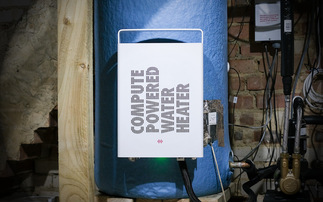Apollo Enviro says the technology could help thousands of companies save on their electricity bills while cutting emissions
The Green Deal is going to be the government's flagship energy efficiency scheme, due for release later this year. The idea is that commercial and domestic properties will be able to install energy...
To continue reading this article...
Join BusinessGreen
In just a few clicks you can start your free BusinessGreen Lite membership for 12 months, providing you access to:
- Three complimentary articles per month covering the latest real-time news, analysis, and opinion from Europe’s leading source of information on the Green economy and business
- Receive important and breaking news stories via our daily news alert
- Our weekly newsletter with the best of the week’s green business news and analysis







